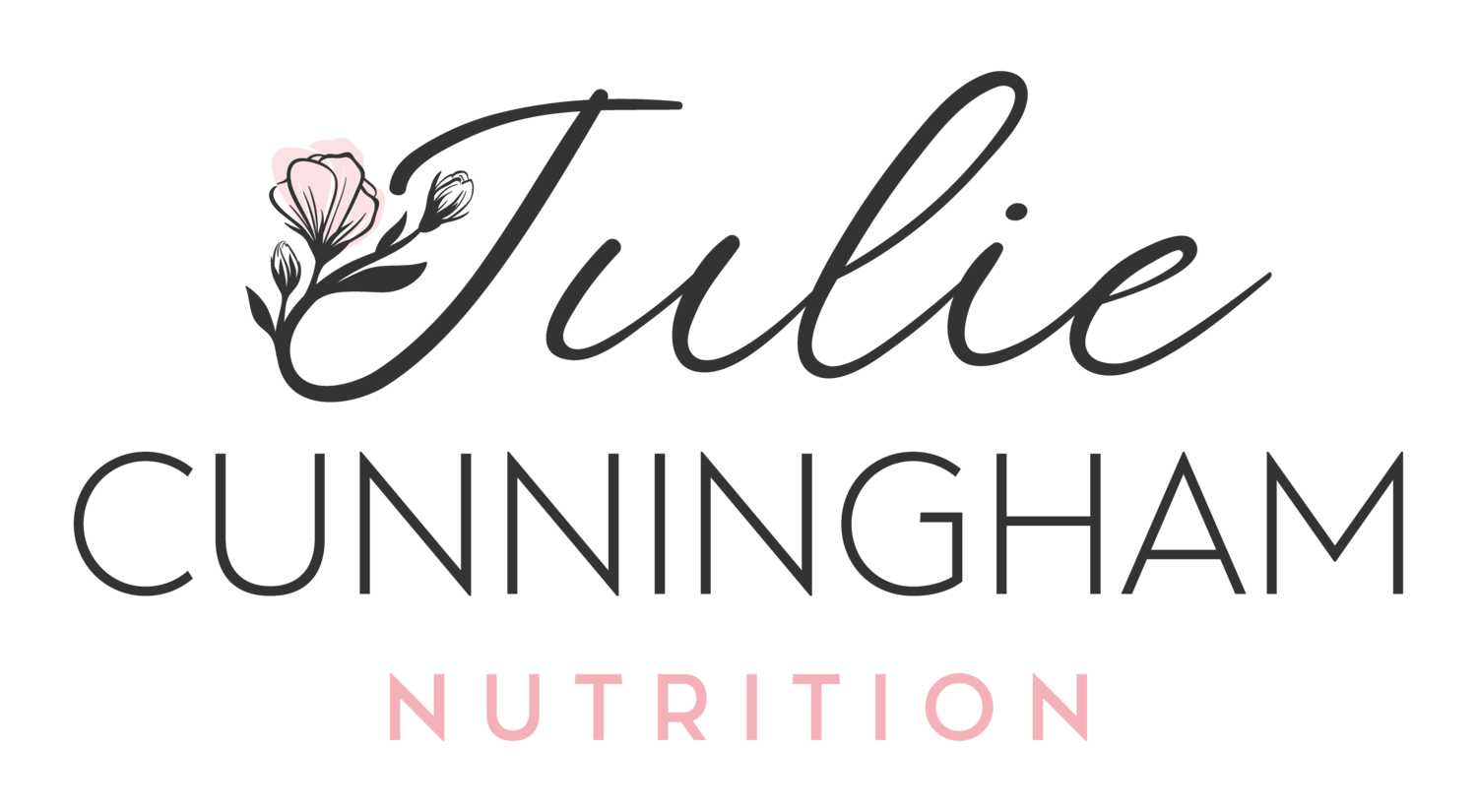First Steps to Take When Emotional Eating Affects Your Type 2 Diabetes
Yesterday, I had oven-fried chicken, mashed potatoes, and broccoli for dinner. I should have been satisfied. Calorie-wise, there was no way that I should have been hungry after dinner.
I took a book out to the hammock in my back yard and I tried to read. It's a good book, a psychological thriller — my favorite kind — but my mind kept wandering. My mind wandered to deciding whether to rent office space or work virtually. Then my mind wandered to the fresh oatmeal cookies sitting on the counter in my kitchen. I turned my attention back to my book, and my mind wandered to the $6000 quote I received from the orthodontist for my 7th grader. Then my mind wandered to the carton of ice cream in my freezer.
I felt stressed, and I wanted to eat to soothe my emotions. Ice cream seemed like a good plan. I went into the kitchen and got out a coffee cup. (Coffee cups keep me from eating the whole carton.) My 7th grader doesn't use coffee cups for ice cream to keep him from eating the whole carton, so I had to be satisfied with the 2 teaspoons he left in the box... and I was. I wasn't hungry to begin with. I just wanted to soothe my nerves.
My emotional eating story
When I was a little girl, my dad worked varying shifts. If he was at home at night, and if my sister and I had been "good", he would give us each a big bowl of ice cream. It was a reward for good behavior and it was also his way of showing us that he loved us. Those bowls of ice cream made me feel that all was right in my little world. Ice cream still makes me feel like all is right in the world today if only for the few minutes I'm eating it. It's delicious, but I don't crave it for its sweet flavor, I crave it for the way it makes me feel emotionally.
The definition of emotional eating
Emotional eating is defined as "eating in response to something other than hunger". It's a form of disordered eating, although it can be very mild compared to other eating disorders like anorexia and bulimia.
How to stop emotional eating
You can't change what you don't acknowledge, so the first step to stop emotional eating is to realize that it's happening to you. I like to use the Food and Mood Journal to help clients uncover emotional eating.
Use the Food and Mood Journal to Discover Emotional Eating
If you've been following along with the Tame Type 2 in 30 Days series, you downloaded the Food and Mood Journal a week ago. Take a look at your Food and Mood Journal to try to uncover any patterns:
Go through the journal and circle any times when you rated yourself as a "1" on the hunger scale, meaning you were extremely hungry.
Go through the journal and circle the times when you rated yourself as a "5" on the hunger scale, meaning you were uncomfortably full.
Find a highlighter and highlight any emotions you listed in your journal; happy, sad, angry, etc.
Find a different colored highlighter and highlight any locations you listed in your journal: home, work, restaurant, a relative's house, etc.
What patterns can you see?
Are you always a "1" at work, meaning you don't have time to eat there?
Do you frequently end up as a "5" at your brother's house? If so, why? Is he a food pusher to whom you haven't yet learned to say "No"?
Do you overeat when you're angry, happy, or sad?
Action Items—Emotional Eating:
If you haven't been using your Food and Mood Journal, download it and start using it; it's not too late!
Look for patterns in your Food and Mood Journal as described above.
If you found a pattern, decide on just one small thing you'd like to do differently to change your emotional eating pattern. Make the teeny tiniest change you can make; something that’s doable so you'll be successful. After you make that change, you'll feel proud of yourself, and then you can make another one.
